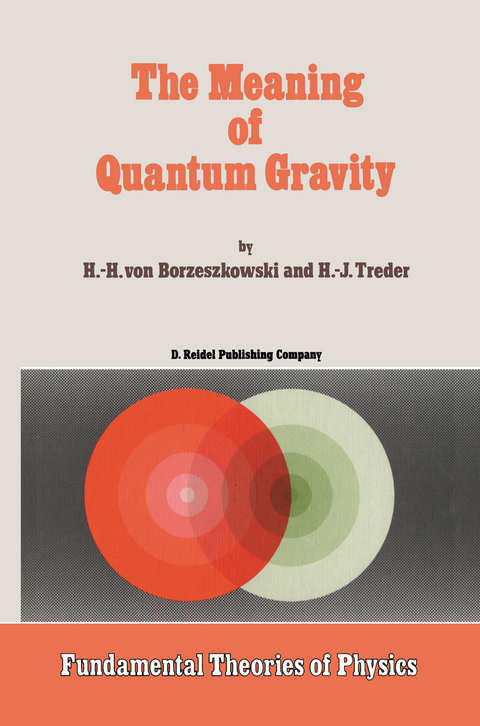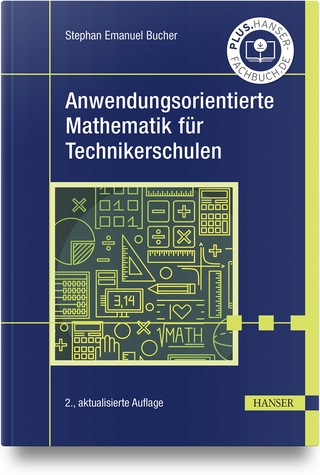
The Meaning of Quantum Gravity
Kluwer Academic Publishers (Verlag)
978-90-277-2518-9 (ISBN)
1/Quantum Theory and Gravitation.- 2/Quantum Mechanics and Classical Gravitation.- 2.1. Diffraction of Particles by a Grating.- 2.2. Diffraction of Particles by a Gravitational Grating.- 2.3. Gravitational Atomic Model.- 2.4. Equivalence Principle and Heisenberg’s Fourth Relation.- 2.5. Quantum Mechanics and the Weak Principle of Equivalence.- 3/Measurement in Quantum Gravity.- 3.1. The Bohr—Rosenfeld Principles of Measurement in Quantum Field Theory.- 3.2. Measurement in Quantum Gravity.- 3.3. Ehrenfest’s Theorems.- 4/Mathematical Descriptions of Quantum Gravity.- 4.1. Heisenberg—Euler—Kockel Approximation.- 4.2. On Gauge Fixing in Quantum Gravity.- 5/Quantum Postulates and the Strong Principle of Equivalence.- 5.1. Gravitons and the Linear Approximation of General Relativity Theory.- 5.2. Gravitons and the Nonlinear High-Frequency Approximation of General Relativity Theory.- 5.3. Compton Effect.- 5.4. Lamb Shift.- 5.5. Black-body Radiation.- 5.6. A Historical Remark: Black-body Radiation and Compton Effect.- 6/Planckions.- 6.1. Heavy Gravitons.- 6.2. Planckions as Biggest Elementary Particles and as Smallest Test Bodies.- 6.3. Foam and Block Spaces.- Appendix A/Massive Shell Models and Shock Waves in Gravitational Theories with Higher Derivatives.- Appendix B/On the Physical Meaning of Planck’s ‘Natural Units’.- References.
| Erscheint lt. Verlag | 30.11.1987 |
|---|---|
| Reihe/Serie | Fundamental Theories of Physics ; 20 |
| Zusatzinfo | VIII, 132 p. |
| Verlagsort | Dordrecht |
| Sprache | englisch |
| Maße | 155 x 235 mm |
| Themenwelt | Mathematik / Informatik ► Mathematik ► Angewandte Mathematik |
| Naturwissenschaften ► Physik / Astronomie ► Allgemeines / Lexika | |
| Naturwissenschaften ► Physik / Astronomie ► Theoretische Physik | |
| ISBN-10 | 90-277-2518-7 / 9027725187 |
| ISBN-13 | 978-90-277-2518-9 / 9789027725189 |
| Zustand | Neuware |
| Haben Sie eine Frage zum Produkt? |
aus dem Bereich


